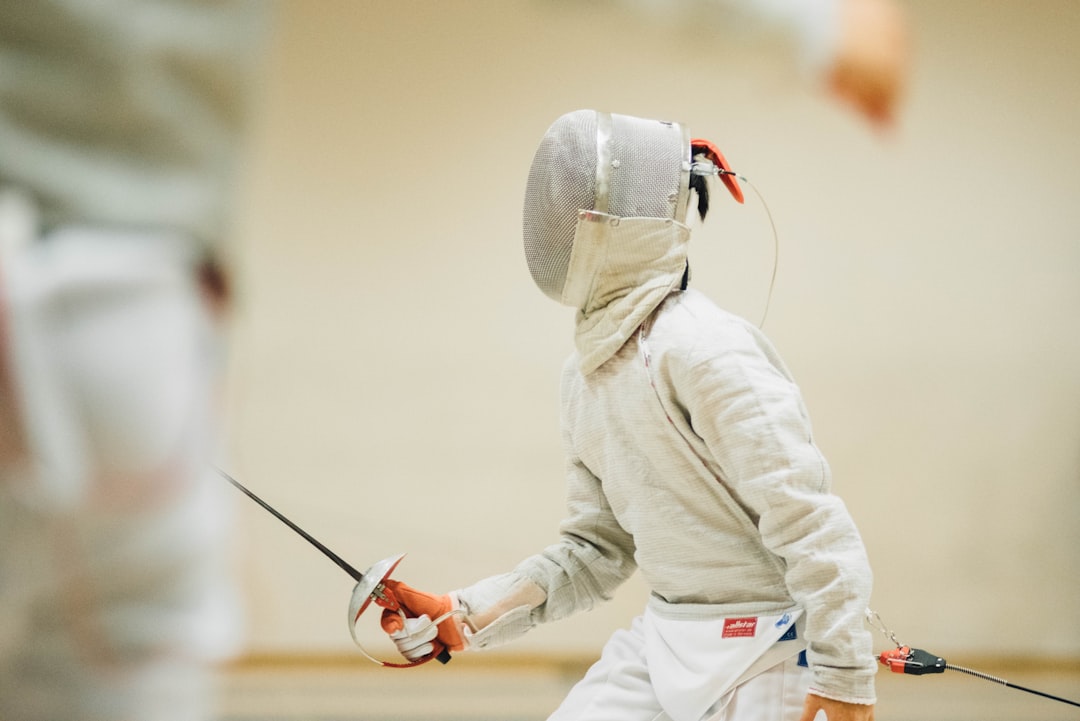Fencing is a dynamic and elegant combat sport rooted in centuries of martial tradition and precise skill. From the glint of a blade to the swift footwork of its practitioners, fencing has intrigued spectators and participants alike. But for newcomers, a common question often arises: What is a fencing sword called? The answer isn’t as simple as you might think—it depends on the context, the ruleset, and the type of fencing being practiced.
TL;DR (Too Long; Didn’t Read)
There are three main types of fencing swords: the foil, the épée, and the sabre. Each has distinct characteristics, rules, and origins. While all are designed for competitive fencing, they differ in blade structure, target areas, and techniques. Knowing the differences between these swords helps you appreciate the nuances of this refined sport.
The Three Main Types of Fencing Swords
Modern fencing uses three primary weapons, each with its own set of rules and traditions. While the sport’s origins can be traced back to historical swordplay, today’s fencing is highly regulated and focuses on style, agility, and precision. The swords used in fencing are not simply called “fencing swords”—they have unique names and purposes:
- Foil
- Épée
- Sabre
Let’s take a closer look at each one.
Foil: The Lightweight Foundation
The foil is often the first weapon introduced to beginners. Lightweight and flexible, it emphasizes technique and control. The target area in foil fencing is limited strictly to the torso, excluding arms, legs, and head. Touches are scored only with the tip of the blade.
Foil fencing also includes something called “right of way”, a rule that determines which fencer is awarded a point when both make a valid touch at the same time. This rule introduces a tactical depth that highlights defense and strategy over brute speed.

Key features of the foil:
- Weight: Around 500 grams
- Blade Length: Maximum 90 cm
- Target Area: Torso (front and back)
- Scoring Method: Tip only
- Rules: Right of way applies
Épée: The Weapon of Precision
The épée (pronounced eh-pay) is the heaviest of the three fencing swords. It originated from the dueling swords in 19th-century Europe and carries the tradition of being a weapon of true precision. Unlike the foil, every part of the body is a valid target in épée fencing—from the toes to the head.
Another key difference? There is no right of way rule in épée. If both fencers land a touch at the same time, they both receive a point. This creates a unique and tense atmosphere in épée matches, where timing and distance become critical.
Key features of the épée:
- Weight: Up to 775 grams
- Blade Length: Maximum 90 cm
- Target Area: Entire body
- Scoring Method: Tip only
- Rules: No right of way
Sabre: The Sword of Tradition and Speed
And then there’s the sabre, a weapon that traces its roots to cavalry swords and military combat. It is the only fencing sword that allows both cutting and thrusting movements, meaning points can be scored with the edge as well as the tip.
In sabre fencing, the valid target includes everything above the waist—arms, torso, and head—but excludes hands and legs. It’s also governed by right of way rules, which adds layers of strategic decision-making to the already fast-paced action. Sabre matches are known for their speed, sometimes being over in a matter of seconds.

Key features of the sabre:
- Weight: Around 500 grams
- Blade Length: Maximum 88 cm
- Target Area: Above the waist (excluding hands)
- Scoring Method: Tip and edges
- Rules: Right of way applies
Why So Many Types?
You may wonder why fencing uses three different swords instead of just one unified weapon. The answer lies in history, diversity in technique, and evolving competition rules. Each sword originates from different eras and combat styles:
- Foil evolved as a training weapon for aristocratic duels.
- Épée emerged from realistic duel scenarios where every part of the body was fair game.
- Sabre represents cavalry combat, where striking with the edge was crucial.
This diversity allows athletes to choose the discipline that best fits their style and physical strengths. While foil emphasizes tactical awareness, épée rewards calculated precision, and sabre showcases lightning-quick reflexes.
The Construction of a Fencing Sword
All fencing swords have a few basic components in common, regardless of type:
- Blade: Usually made of tempered, low-carbon steel. It can bend upon impact for safety.
- Guard: Serves as hand protection; varies in size and shape depending on the weapon.
- Grip: The part held by the fencer; can be pistol-grip (continental) or traditional (French).
- Pommel: Weights the handle and balances the sword.
Modern fencing swords also include integrated electrical components that help judges identify valid touches through scoring machines. These systems vary by weapon type and target zone.
Which Sword Should a Beginner Choose?
Choosing a sword as a beginner often depends on coaching style, athletic preference, and fencing club availability. Here’s a quick guide:
- Foil: Best for learning fundamentals, technique, and rules like right of way.
- Épée: Great for those who prefer a more methodical approach without right of way rules.
- Sabre: Ideal for fast-paced, aggressive athletes who enjoy dynamic actions.
Most fencing schools start students with the foil, gradually allowing them to branch into other weapons as they become more skilled and experienced.
Conclusion: More Than Just a Sword
When you ask, “What is a fencing sword called?” the answer opens the door to a rich, nuanced world of combat sport. Rather than relying on just one sword, fencing incorporates three distinct ballistic tools—foil, épée, and sabre—all tailored to specific tactics, rules, and historical background.
Whether you’re drawn to the strategic intricacies of the foil, the nerve-wracking accuracy of the épée, or the blinding speed of the sabre, each sword offers its own unique thrill and challenge. Understanding the differences not only helps you pick the right path but deepens your appreciation for the art and science of fencing.
So the next time you see a masked fencer step onto the strip, you’ll know precisely what type of blade they’re wielding—and what fencing really entails beyond the sword.